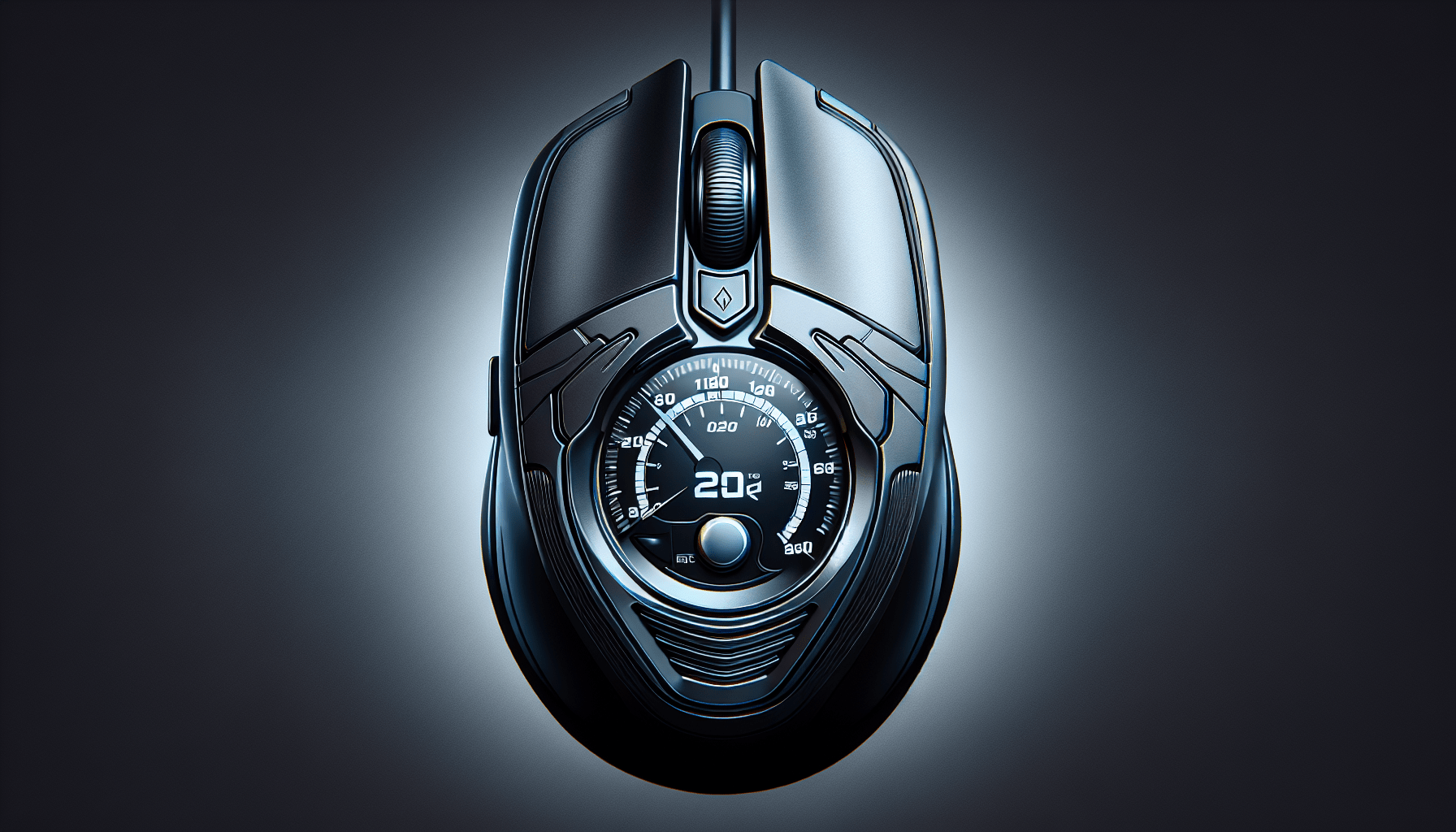Tips For Optimizing Website Speed And Performance
Importance of Website Speed
Having a fast website is crucial for providing a positive user experience and improving your search engine rankings. A slow website can lead to higher bounce rates and lower user engagement.
Factors Affecting Website Speed
There are several factors that can impact your website’s speed, including hosting server performance, file sizes, and the number of HTTP requests. It’s important to address these factors to ensure optimal website performance.
Choose a Reliable Web Hosting Provider
Selecting a reliable web hosting provider is essential for optimizing website speed. Choose a provider that offers fast server performance, uptime guarantees, and scalability options to accommodate traffic spikes.

Optimize Image Sizes
Large image files can significantly slow down your website. Optimize your images by resizing them to the appropriate dimensions and compressing them without sacrificing quality. This can help reduce loading times and improve overall website speed.
Minimize HTTP Requests
Each element on your website, such as images, scripts, and stylesheets, requires an HTTP request to load. Minimize the number of requests by combining files, using CSS sprites, and reducing the overall page size. This can lead to faster loading times and improved performance.
Enable Browser Caching
Enable browser caching to store static resources, such as images, CSS, and JavaScript files, on your visitors’ devices. This allows returning visitors to load your website faster by retrieving these files from their cache instead of requesting them from the server every time.

Utilize Content Delivery Networks (CDNs)
Content Delivery Networks (CDNs) distribute your website’s static resources across multiple servers worldwide. This reduces the physical distance between the server and the user, resulting in faster loading times. Consider integrating a CDN to optimize website speed and performance.
Optimize CSS and JavaScript Files
Optimize your CSS and JavaScript files by minifying them to remove unnecessary whitespace, comments, and characters. This reduces file size and improves loading times. Additionally, consider loading scripts asynchronously to prevent blocking the rendering of your web page.
Implement Lazy Loading
Lazy loading is a technique that defers the loading of non-essential resources, such as images below the fold, until they are needed. This can help prioritize the loading of critical content and improve website speed. Consider implementing lazy loading to enhance user experience.
Use Accelerated Mobile Pages (AMP)
Accelerated Mobile Pages (AMP) is an open-source project that aims to create fast and user-friendly mobile web pages. By implementing AMP on your website, you can provide a faster loading experience for mobile users and improve your overall website speed.
Monitor Website Performance
Regularly monitor your website’s performance using tools like Google PageSpeed Insights, GTmetrix, or Pingdom. These tools can help you identify performance issues, such as slow loading times or high server response times, and provide recommendations for improvement.
Test Website Speed on Different Devices
Ensure that your website loads quickly on various devices, including desktops, laptops, tablets, and smartphones. Use responsive design techniques to optimize your website for different screen sizes and resolutions. Test website speed across different devices to provide a consistent user experience.
Optimize Server Response Time
Optimizing server response time is crucial for improving website speed. Reduce server response times by optimizing database queries, enabling caching mechanisms, and utilizing a content delivery network. A fast server response time can significantly impact your overall website performance.
Implement HTTP/2 Protocol
The HTTP/2 protocol is the latest version of the Hypertext Transfer Protocol, designed to enhance website performance and speed. By implementing HTTP/2 on your server, you can benefit from features like multiplexing, header compression, and server push, resulting in faster loading times and improved performance.
Conclusion
Optimizing website speed and performance is essential for providing a positive user experience, improving search engine rankings, and maximizing conversions. By implementing the tips mentioned above, you can enhance your website’s speed and performance, ultimately leading to a more successful online presence. Remember to regularly monitor your website’s performance, test loading times on different devices, and make necessary adjustments to ensure optimal results.










